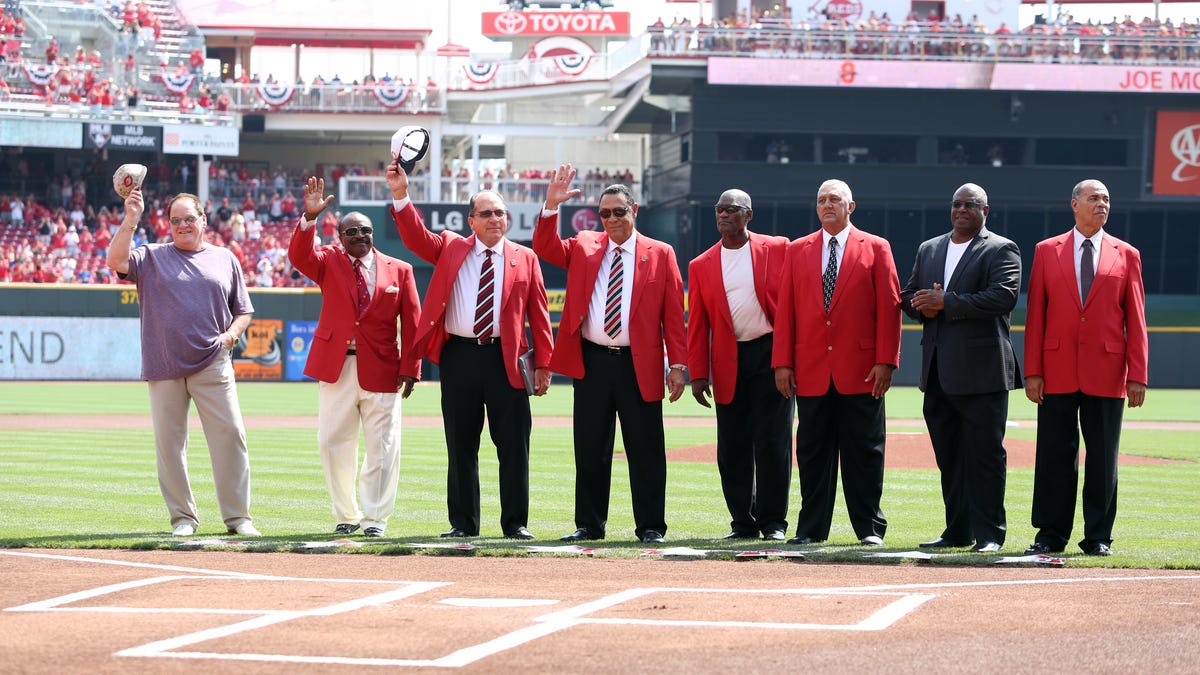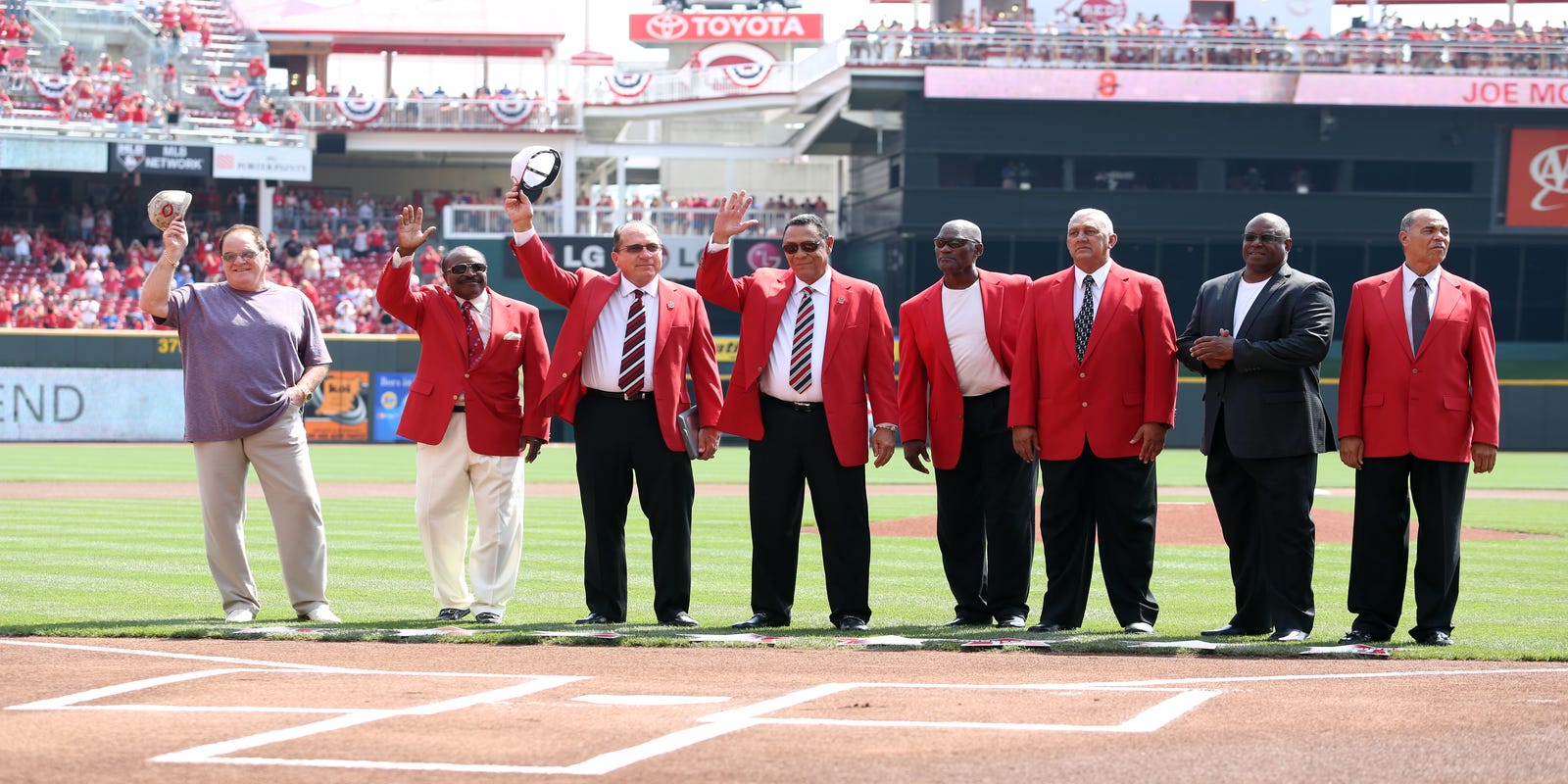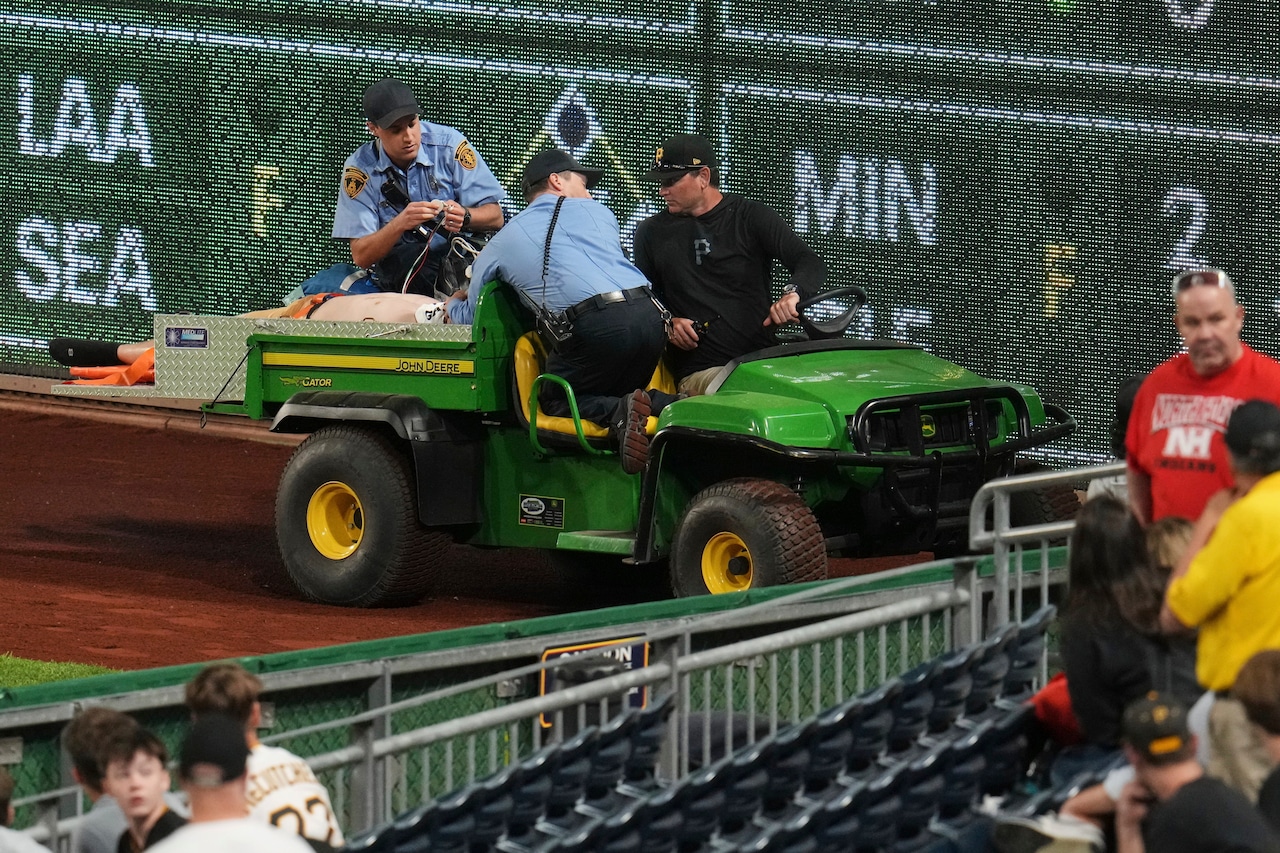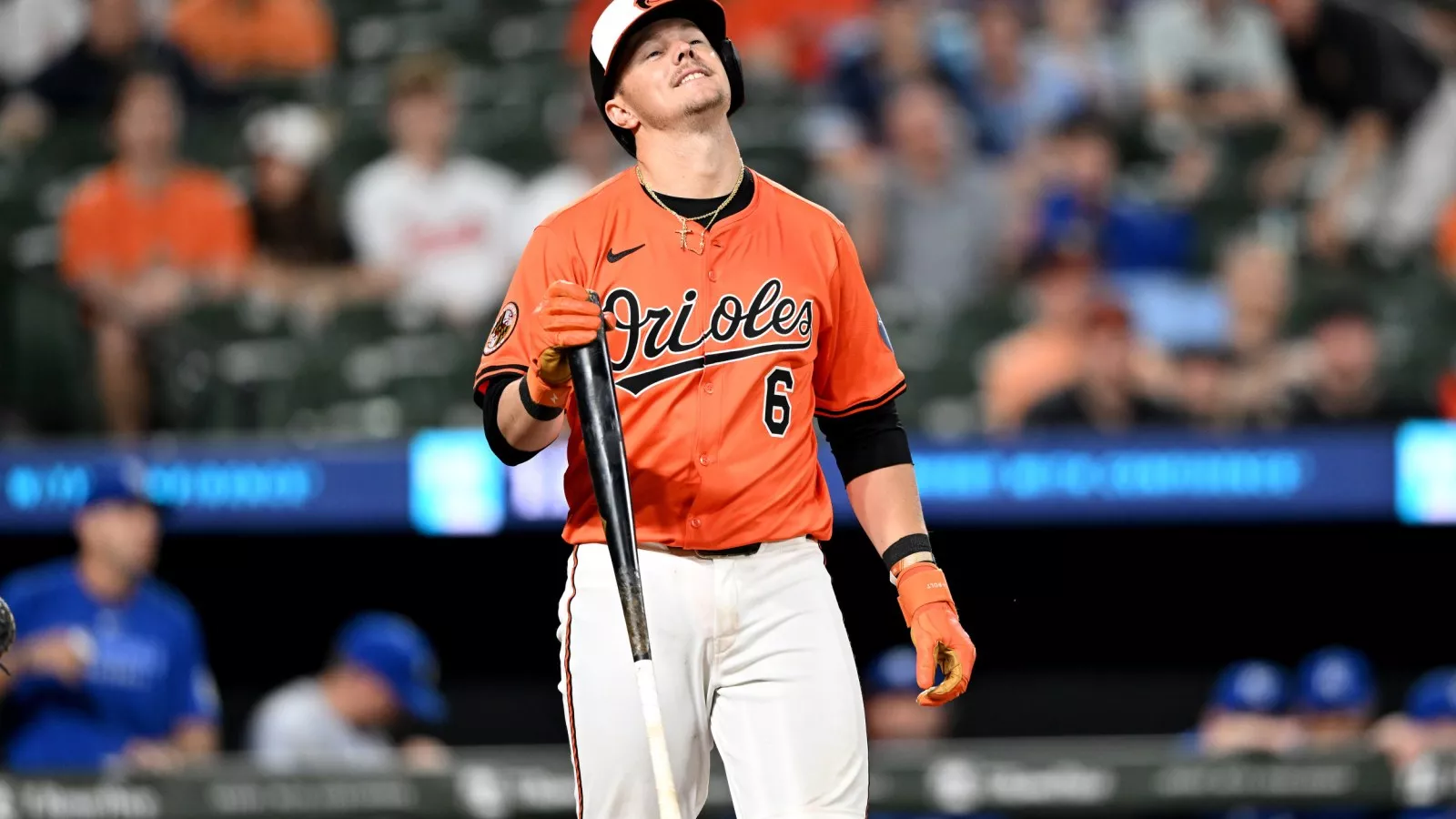
During a wide-ranging conversation last season, Pete Rose at one point paused to get one thing straight:
“How do you think I played the game?”
Like your hair was on fire, like every pitch mattered.
“You owe that to the fans,” he said. “If you can’t go out there for two and a half hours and bust your ass, get another f—ing job.”
If anyone didn’t already know how hot the fire burned in Rose when he played, it was clear it still burned in the man to his final days.
Less clear is the complicated, polarizing legacy of one of baseball’s inner-circle greats, one of the most publicly flawed, locally beloved figures to ever capture the imagination of fans anywhere – from the generation that discovered the power of head-first flight into Little League bases around the country to the generations too young to remember him for much more than scandal and his permanent ban from the game for gambling on baseball.
All of those colliding perceptions and realities take center stage yet again when the Cincinnati Reds honor the hometown legend in a May 14 ceremony at Great American Ball Park 40 years after he broke Ty Cobb’s all-time hits record and 7 1/2 months after his death at his Las Vegas home last fall.
“He played the game the way everybody should play it and left a mark on a lot of us that looked up to him,” said La Salle graduate Tim Naehring, the current Yankees executive, who brought a similar, hard-nosed style to an eight-year career as a Red Sox infielder.
But beyond the Charlie Hustle flair and flamboyance on the field – with all those hits and head-first slides and sprints to first on walks – and beyond the off-the-field hustles that led to brushes with the law and a lifetime ban for gambling, Rose’s legacy includes a lesser-told impact on the best teams in Reds history and influence on a generation of leaders that came after him.
Big Red Machine had leadership from core four
“No cliques.”
That’s how Hall of Famers Johnny Bench and Tony Perez both describe their clubhouse during the height of the Big Red Machine 50 years ago – a testament, they say, to the strength of relationships among a multicultural leadership quartet of Bench, Perez, Joe Morgan and Rose.
Rose may have had an outsized contribution to that clubhouse continuity that was unusual for the 1970s compared to the other contenders of the time with big stars on the roster – the Oakland A’s, Los Angeles Dodgers and New York Yankees, remembered as much for conflict (sometimes physical) off the field as winning on it.
“The thing that people don’t talk about is how players used to think, between black and white (players),” Perez said during a recent conversation at his home in Miami. “It was a big difference.”
That was especially true in the 1960s, when baseball’s integration was still fresh, when American civil rights battles intensified nationwide and when Rose broke into the big leagues as the surprising starter at second base.
“In ’63 when they brought Pete to the big leagues, the second baseman was a guy who was loved by all the white guys,” Perez said. “They ran together, went out together and stuff. And they didn’t accept Pete.”
Manager Fred Hutchinson made the brash, young Rose the starter over popular incumbent Don Blasingame, leaving Rose shunned by the other white veterans in a clubhouse that was as divided by racial and cultural cliques as any other at the time.
‘They (white players) never accepted Pete’ in early days
Rose gravitated instead to the Black veterans, specifically seeking out Frank Robinson and Vada Pinson as mentors. “They accepted me,” Rose would later say. “They tried to help me become a better player.”
Perez, a minor-league teammate who joined Rose on the big-league club in 1964, became perhaps closer to Rose as a teammate than he might have otherwise once they were together in the Reds clubhouse.
“I remember Pete with us,” Perez said. “And I was with Vada, Frank and Leo Cardenas and Tommy Harper and those guys. And the other guys, that group (of white players), they were separate. They never accepted Pete.”
That was unusual, even borderline scandalous for the time.
“Oh, yeah, that was different,” Perez said. “There were still problems (racially).”
Rose, the hometown kid and Rookie of the Year for the southernmost MLB team at the time, stood out so conspicuously for his friendships on the team that team officials advised against him spending so much time with the Black players.
He treated that advice like he did a lot of suggestions from institutional authorities over the years: He ignored it.
“I didn’t care what color you was,” he said years later.
Perez and others close to Rose over the years say that by the time Rose became a veteran leader on those 1970s powerhouses, he showed the influence of that experience as a young player.
“I think it had lasting impact on him,” said longtime broadcaster Marty Brennaman, who became a regular dinner companion of Rose and Morgan over the years and developed a close bond.
“Anytime I was around him in all the years we were together and the subject of his coming to the big leagues for the first time came up, he never failed to talk about how he was embraced by Frank Robinson and Vada,” Brennaman said.
By the time he was a veteran, the inclusiveness, relationship-building and respect across cultural differences might have come more naturally to the hometown white kid from the West Side.
“Oh, yeah,” Perez said. “He was a leader. He was running the show.
“And everybody followed us.”
Certainly, Rose didn’t run that show by himself.
Perez is to this day, by all accounts, considered the glue guy on that team. Bench was a natural leader every bit as cocky as Rose, and as the star catcher held the unique position of on-field general. And once Morgan joined the group in 1972 after the greatest trade in Reds history, he quickly ascended into a role among manager Sparky Anderson’s four-man Alpha-male board of assistant managers.
Bench said former Baltimore Colts coach Ted Marchibroda once asked him, “Why are you guys so successful?”
“I said, ‘Well, we have Black leadership, white leadership and we have Spanish (language) leadership. So everybody covered everybody,” Bench said.
‘We didn’t know what color we were’
“We didn’t know what color we were,” he said. “Whatever they say, that we have this problem or that problem, with Tony, Joe, Pete –we didn’t have one thought. Not even one thought about that.
“We were there every day to play baseball, and we were there to support each other. And there was no jealousy.”
Other clubhouses, including the one belonging to the arch-rival Dodgers, couldn’t say that at the time.
“What I understood is they had like five different cliques,” Bench said. “So they had like five guys here, five guys there and five guys there, and they were all talking about the other group. It (wasn’t) unusual.”
Various written accounts from the time and descriptions by guys like Bench and Perez in recent weeks paint a picture of a multicultural, self-policing, uniquely driven and professional group of players who mercilessly razzed each other to the point of inevitable humility.
Perhaps none more so than Rose and Morgan, who lockered next to each other and became close.
“Joe was his best friend. They were very tight,” Brennaman said. “We would go out to dinner on the road, socialize when the club was traveling. It made no difference to him what race you were, whether you were a Latin American player.”
It seems obvious that was simply part of Rose’s nature and humanity.
It also seems like those early experiences with the Reds in the 1960s helped shape him as he gained stature in the game.
“It almost had to,” Brennaman said.
Bench and Rose both were great with mentoring young players, Brennaman said.
“But Pete would go so far as to help hitters on other clubs, young guys,” he said, adding it led to occasional consternation from those among his own club. “That was just the nature of Pete.”
Terry Francona saw Rose’s hands-on manner up close
Terry Francona, a promising first-round pick for the Montreal Expos, was a 25-year-old first baseman when Rose joined the Expos for much of the 1984 season.
He knows first-hand what Brennaman talks about, both as one of the young players Rose mentored that season but also the inclusiveness. He got a chance a few years later to play for Rose, the manager, in Cincinnati and saw the same leadership ethic.
“If you had on our uniform, you’re us,” Francona said. “I don’t think it matters race, color, creed, language – if you had our uniform on, it was us.”
Francona, the Hall of Fame-bound manager in his first year at the helm of the Reds, often talks like that about his own players and clubhouse now, perhaps picking up some of that from his one-time mentor.
“I hope I did,” he said.”Because as a teammate, you couldn’t find anybody better. We all know the hiccups later. But as a teammate, that’s what you’re looking for.”
The hiccups are the low-hanging fruit of Rose’s legacy, the well documented scandals that everyone who follows baseball, the Reds, or Rose’s headlines can probably recite and file into neat compartments of unambiguous judgment.
The problem with neat compartments is the breadth and nuance of a life usually doesn’t fit neatly.
In talking about Rose’s influence, for instance, Francona compares the influence of his own father, former All-Star outfielder and first baseman Tito Francona.
“Even Dusty Baker to this day tells me all the time, ‘In ’68 in Atlanta your dad was kind to me,’ “ Francona said. “He goes, ‘That wasn’t necessarily always the case.’ That’s always stuck with me.”
That Francona frames Rose’s influence in the same context probably says something about Rose’s legacy well beyond lifetime bans and headfirst slides.
Maybe even says something about that point Rose wanted to get straight during the conversation last year. About how he played the game. About how he’s remembered.
“In some ways, he was ahead of his time, or the game,” Francona said. “That’s how I choose to remember him.”



